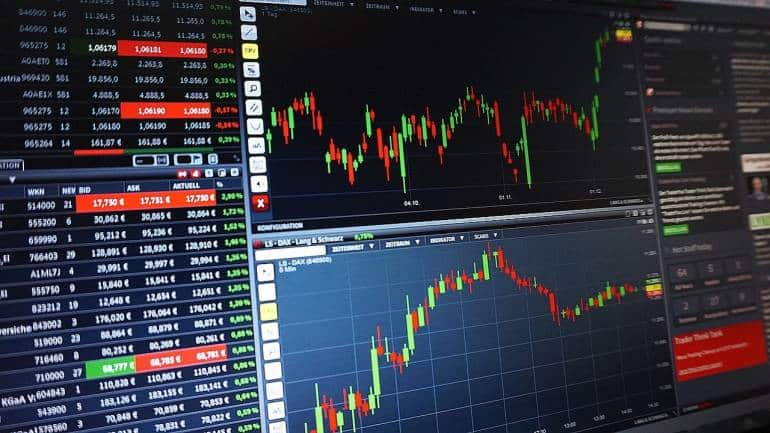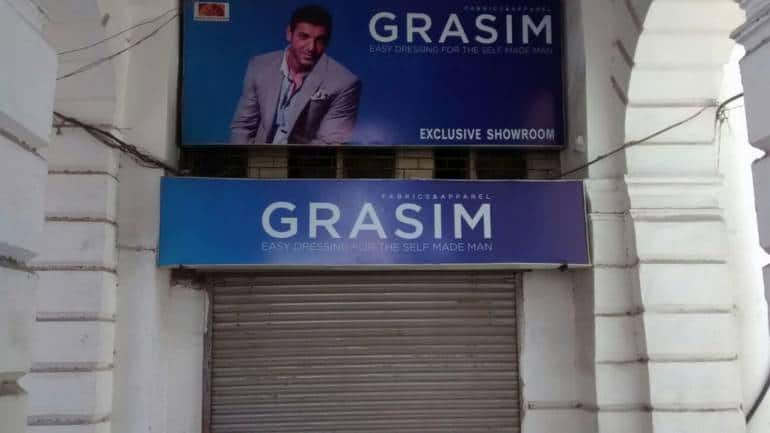Grasim Industries Ltd - 500300 - Announcement under Regulation 30 (LODR)-Scheme of Arrangement
Scheme of Arrangement between Grasim Premium Fabric Private Limited (previously known as Soktas India Private Limited), a wholly owned subsidiary of the Company and Grasim Industries Limited and their respective shareholders and all concerned (the Scheme)21-06-2021





